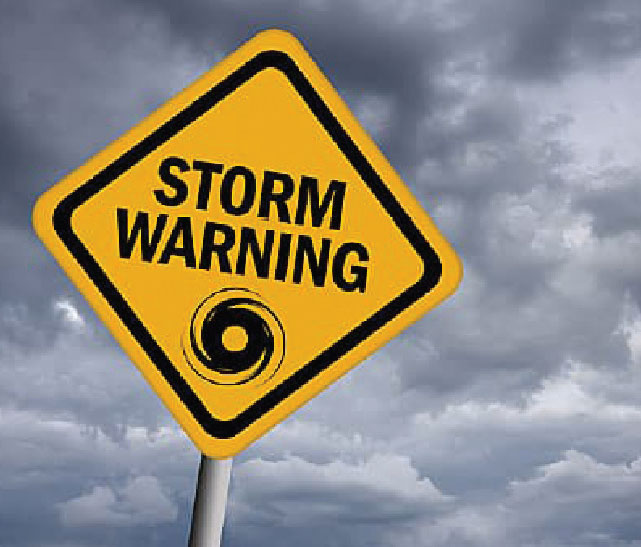 |
| Image courtesy of WebMD. |
This time of year, I view the approach of fall with both hope and trepidation. Hope for a respite from the often grueling summer temperatures and trepidation with the arrival of the peak of hurricane season. As an East Coaster, it’s a yearly ritual, but these days I’m fixated more than ever on the weather. Having spent the greater part of my life in the Northeast, hurricanes were usually something that happened to someone else—someone in Florida. Well, I’m now also that someone in Florida, spending almost half of my time there. I write this now on the most active day of the hurricane season, according to statistics. Not that it means that much, although the fall is typically when you really have to worry. And my worry really should be tempered by the fact that for the last two years there has been more hurricane damage in New Jersey than in my part of south Florida.
Hurricane Idalia earlier this summer reminded us that the damage can be catastrophic, especially for those in more vulnerable areas. There’s been a lot written about the wisdom of continuing to build and move people into these particularly vulnerable locations. Barrier islands, low-lying coastlines, that sort of thing. However, in very few places have any regulations or rules been implemented to either impede further development or prevent rebuilding once the destruction has occurred. Americans generally don’t like to be told they can’t do something they would like to do. Fair enough, but what is the role of government and society in allowing and absorbing the costs for this? While we can argue about whether the storms are getting worse, or why they may be getting worse, it’s pretty obvious where not to be should a storm hit. So why aren’t we doing more to prevent putting people and property in harm’s way? Why do we allow them to rebuild after? And who should pay for this?
You may have heard that in many of these areas, insurance companies are canceling policies. The free market at work. But for many individuals without insurance, they can neither buy a home nor rebuild one. You need insurance if you want to take out a mortgage, and the price is getting quickly out of reach even if it’s available. In Florida, a state-owned agency provides insurance of last resort—which is nice I guess—but that just means that local taxpayers are subsidizing development and rebuilding in areas that we know will suffer an expensive disaster at some point, if not repeatedly. Who gets to decide how much risk and how much money we should risk? Clearly the insurance companies have had a say. But shouldn’t society as a whole participate? Not only because the state insurer is really us, but none of the rebuilding could even begin to happen if government (local and state) didn’t rebuild the damaged infrastructure, such as roads, utilities, etc. So clearly, at least indirectly, all of us are subsidizing continued risk without even being asked. And if we were serious about reducing loss of life and property, there should be a discussion of exactly what locations are off limits. But again, who gets to decide that? I respect free will and maybe wouldn’t have a problem if individuals want to go it alone—but at their own risk, and entirely at their own cost. I do worry though that this approach could lead to chaos and, in the end, we’d still bail them out. It’s sort of like saying that no one should be forced to buy health insurance if they don’t want to if they agree to assume the risk. But, at the end of the day, we don’t let people die in the street for lack of either insurance or money. Society steps in. Our humanity won’t let us stand by while people suffer the consequences of bad decisions. So I submit that there’s a point where we should sit down and agree to reasonable risk, a reasonable free choice that achieves that balance between what we want and what’s prudent. It’s difficult, like threading the eye of a needle. Or the eye of a hurricane.
Dr. Blecher is an attending surgeon at Wills Eye Hospital.



